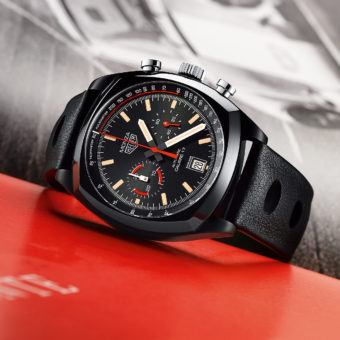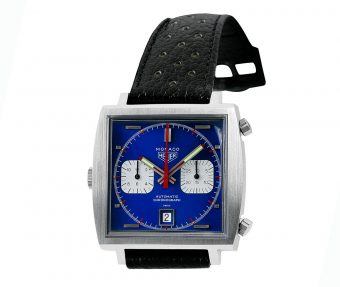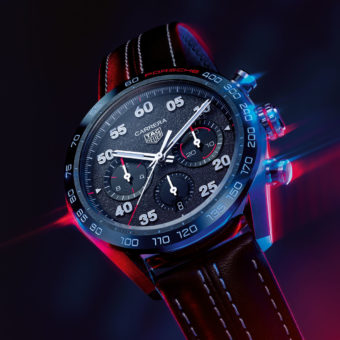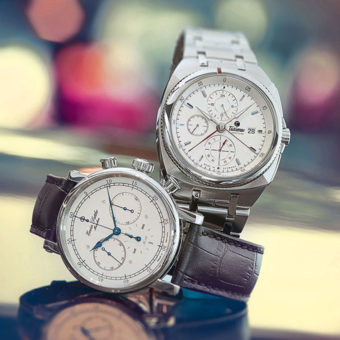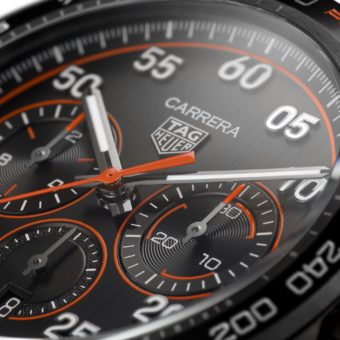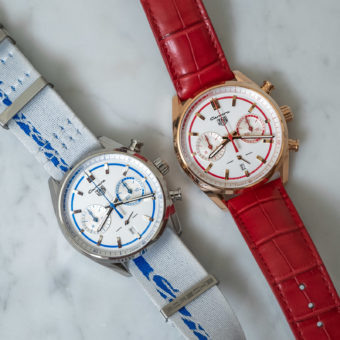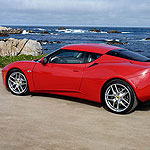 A few months ago I joined a group of journalists and pro driving instructors behind the wheels of several high-zoot sports cars at Laguna Seca racetrack, and on the 18 Mile Drive in Carmel, California. One stood out clearly from the rest – the Lotus Evora. Let’s take a look.
A few months ago I joined a group of journalists and pro driving instructors behind the wheels of several high-zoot sports cars at Laguna Seca racetrack, and on the 18 Mile Drive in Carmel, California. One stood out clearly from the rest – the Lotus Evora. Let’s take a look.
The younger among you may know Lotus only through the Elise – a purpose-built track car that offers great fun in small doses, but you would not want to live with one every day. The Elise embodies Colin Chapman’s twin virtues of simplicity and lightness, but these do not a comfortable car make. Modern niceties like sound insulation, suspension and storage space have been sacrificed at the altar of performance. The Evora, on the other hand, is a car made to live with.
Where the Elise requires inelegant contortions to enter and exit, the Evora offers generous portals and slender sills. Once inside, dignity and spinal disks intact, words like spacious, comfortable, and even luxurious come to mind. The upscale surroundings command a price in added weight, though at a tad over 3000 pounds, sufficient lightness has been added to keep the fun meter pegged.

From the outside, the Evora might be called a small “e” exotic. The design is more Ferrari or Lamborghini than Porsche, so others will point, and the valet will put you up front. Yet in a world of over-the-top hypercars, the overall aesthetic is understated. Size-wise, the Evora is petite. At 170.9 inches, it’s 4.3 inches shorter than a 911, though it rides on a wheelbase that is 9 inches longer. And though it looks like a two-seater, there are two rear seats suitable for transporting small items and people less than five feet tall, according to Lotus.

Mechanically the Evora combines the cutting edge with the mundane. The bonded and riveted aluminum monocoque chassis weighs only about 440 pounds and offers torsional stiffness exceeding that of the Ferrari F430. The transverse mid-engine layout features a reprogrammed 3.5-liter, 276-hp V6 sourced from Toyota – the same engine found in the Camry. If your Italian-exotic-owning buddies show disrespect, offer them a ride to their dealership when their car is in for work so you can be there when they get the bill for their 15,000 mile service. Now whose laughing?
Lotus estimates the 0-60-mph run at a very un-Camrylike 4.9 seconds. Zero to 100 takes 11.8 seconds on the way to a 162 mph top speed. If you require additional alacrity, there’s a new supercharged “S” model available with 345 hp and a 0-60 time of 4.3 seconds. 100 comes up in 10.4 seconds with a top speed of 172.
Then of course there’s the handling. Our track day included Porsches, AMG Mercedes, a Corvette, a Mercedes SLS, a BMW Z4 sDrive3.5is, and a handful of big-buck tuner specials. The consensus best handling car? Hint: you’re reading about it. In his review, Dan Neil dubbed the Evora ”handling perfection.” ‘Nuff said.
The Skip Barber driving school at Laguna Seca uses the Evora.

The price is the cherry on the cake. The 2011 Evora starts at $64,000. Compare that with the more common Porsche Carrera at $77,800, and the Evora is the answer to your $64,000 question.


